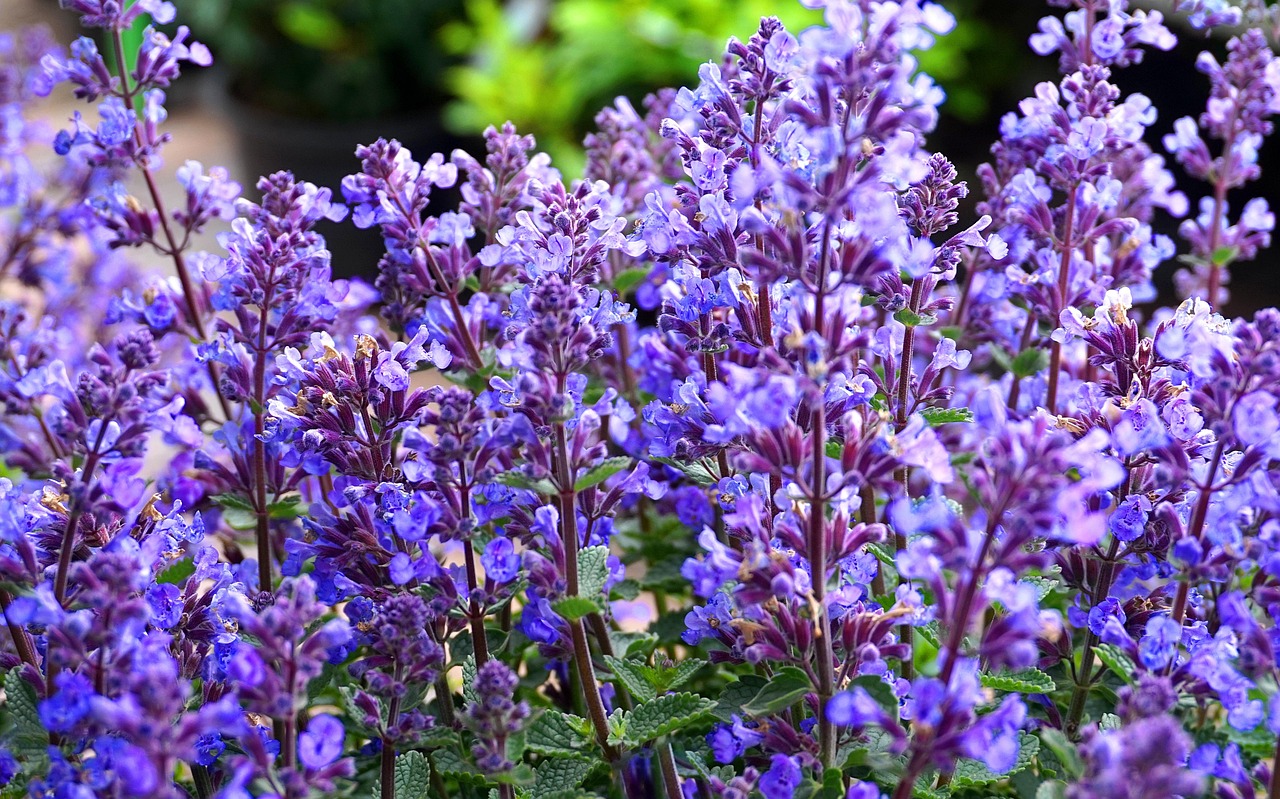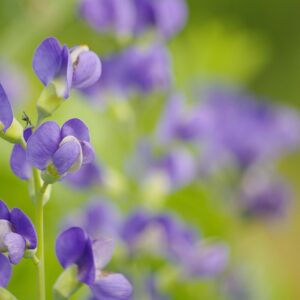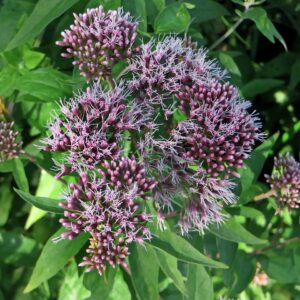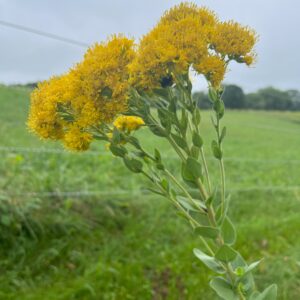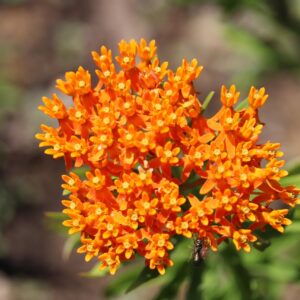Blue Sage (Salvia azurea) – A Vibrant Native Wildflower
Blue Sage, also known as Pitcher’s Sage, is a tall, late-season perennial wildflower known for its brilliant sky-blue flowers and upright, slender growth habit. It is a drought-tolerant member of the mint family (Lamiaceae), thriving in prairies, open fields, and dry, well-drained soils. This long-blooming wildflower is highly attractive to bees, butterflies, and hummingbirds.
Flowers: Brilliant sky-blue tubular flowers arranged in whorled clusters along a tall, slender stem. Each individual flower has a bilabiate (two-lipped) structure, characteristic of the mint family. Blooms from mid-summer to fall, providing late-season nectar for pollinators.
Height & Spread: Grows 3 to 5 feet tall, with an upright, unbranched growth habit. Can spread 1 to 3 feet wide, forming small clumps rather than aggressive colonies.
Leaves: Narrow, gray-green to bright green leaves, linear to lance-shaped with slightly wavy margins. Leaves have a soft, slightly hairy texture and emit a mildly aromatic scent when crushed.
Stem & Growth Habit: Square stems, a characteristic of plants in the mint family. Erect and open, allowing air circulation to prevent disease.
Habitat & Range: Native to central and eastern North America, thriving in prairies, meadows, roadsides, and open fields. Prefers dry, well-drained soils and is highly drought-resistant. Can tolerate poor, rocky, or sandy soils but grows best in full sun.
Pollinators & Wildlife: Major nectar source for bees, butterflies, and hummingbirds. Hummingbirds and long-tongued bees are the primary pollinators due to the flower’s tubular shape. Resistant to deer and rabbits due to its slightly aromatic foliage.
A Unique Late-Season Bloomer: Unlike many other native wildflowers that peak in early to mid-summer, Blue Sage continues blooming into the fall, making it an important nectar source for migrating pollinators.
Adapted for Dry & Harsh Conditions: With its deep taproot, Blue Sage is highly drought-tolerant and can withstand long periods of dry weather. Its narrow leaves reduce water loss, helping it survive in hot, arid environments.
Ties to Native Prairie Ecosystems: One of the iconic wildflowers of the tallgrass prairie, where it coexists with grasses like Big Bluestem and Little Bluestem.
Growing Blue Sage: Best for prairie gardens, pollinator habitats, and xeriscaping. Thrives in full sun and does well in dry, sandy, or rocky soils. Highly drought-tolerant, requiring minimal water once established. Non-aggressive but may reseed itself naturally.

